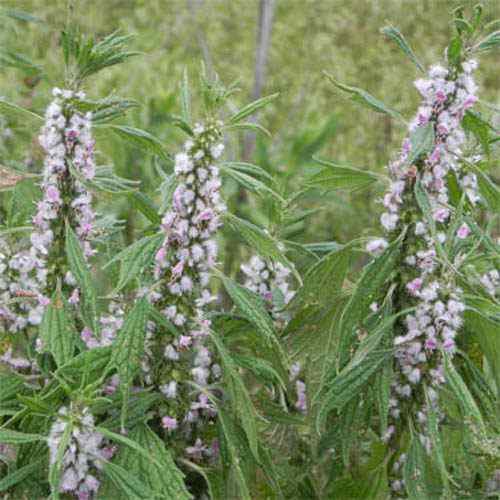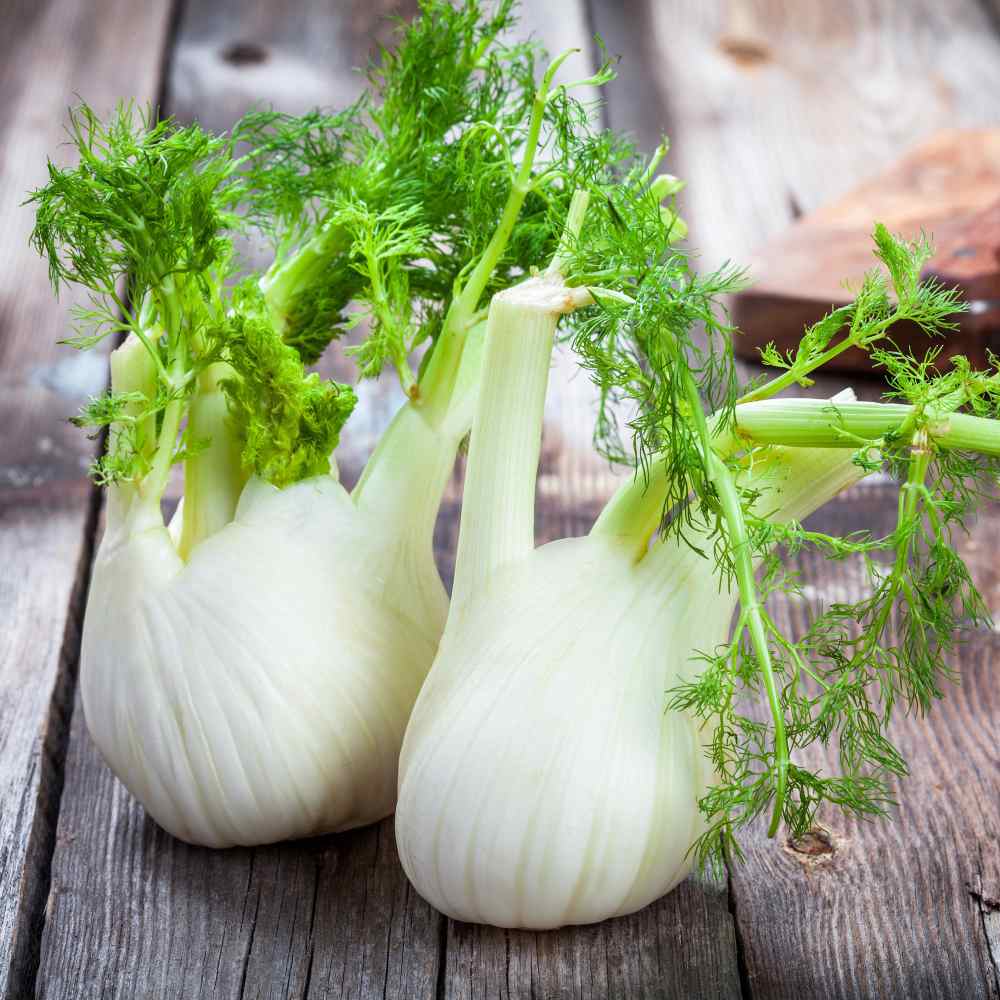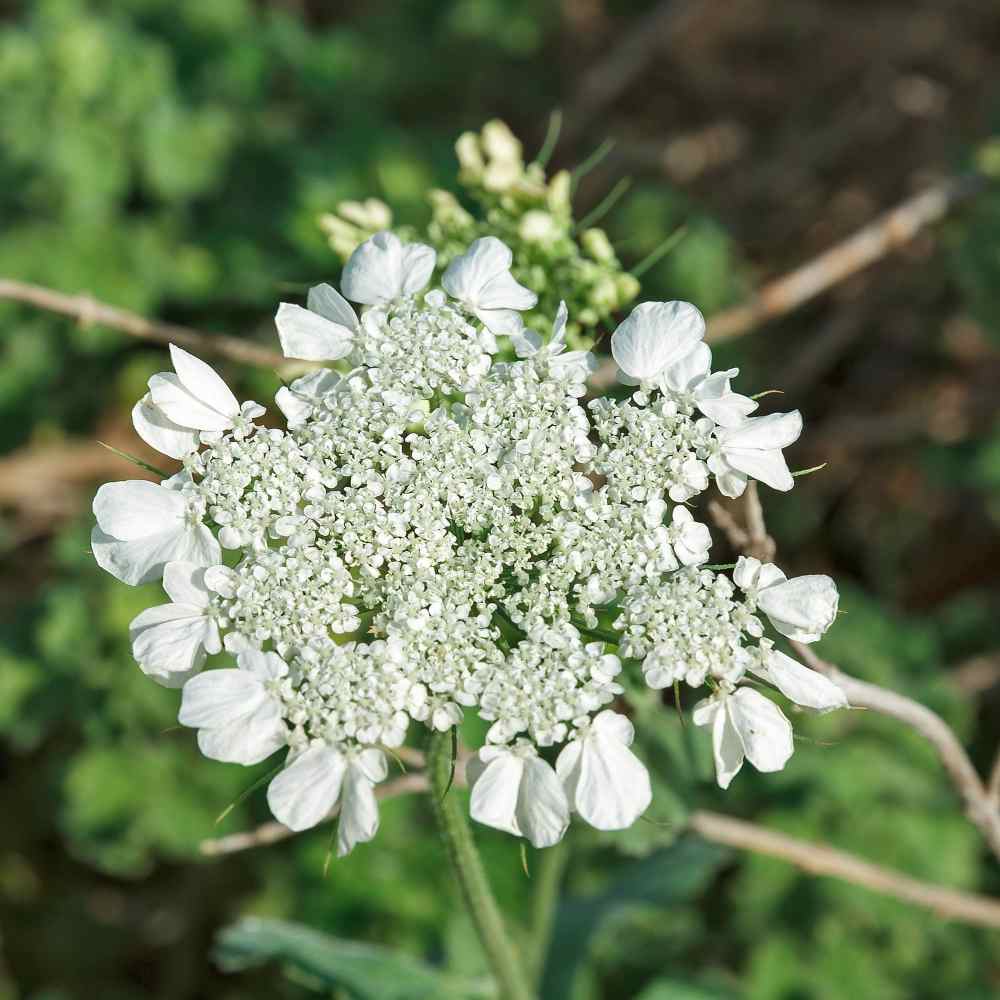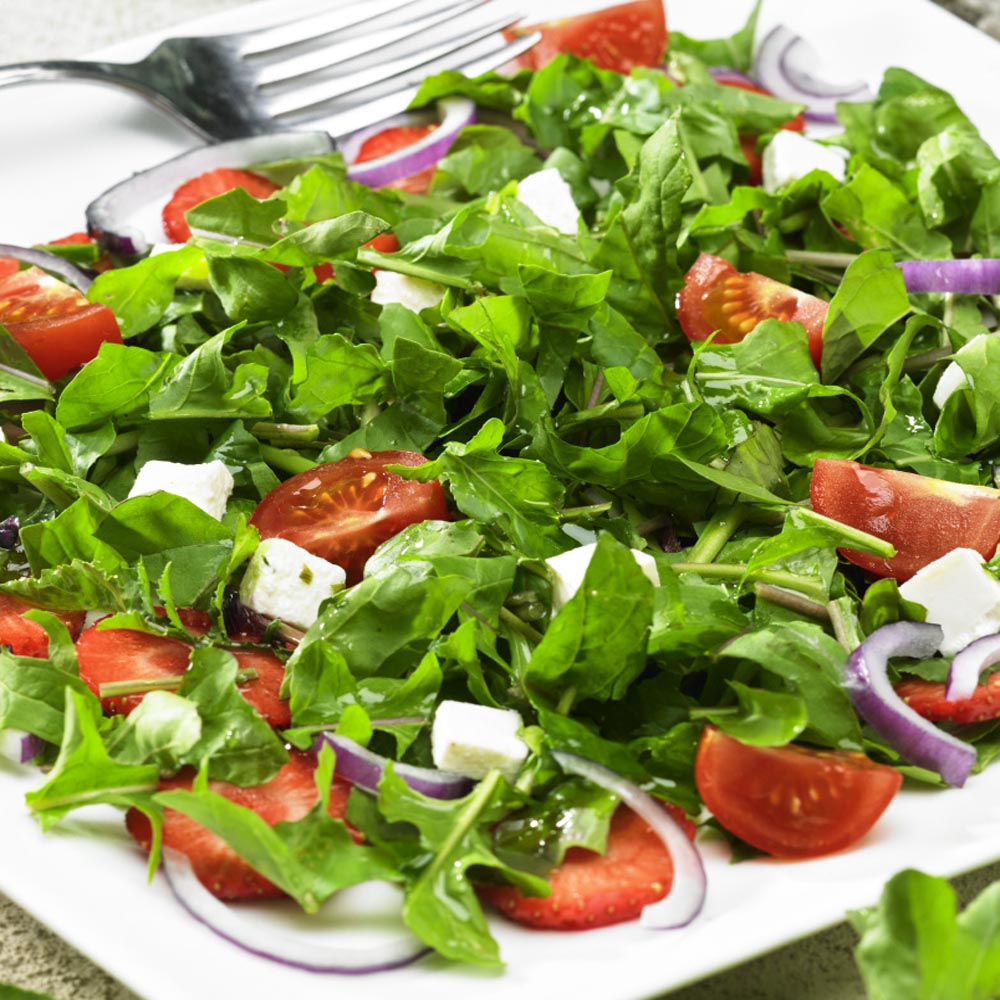
Motherwort Planting Guide
Quick Facts About Motherwort
The botanical name of Motherwort, Leonurus cardiaca, translates to "lionhearted," possibly due to its association with providing strength in moments of emotional tension. Additionally, the flower spike is said to resemble a lion's tail. Motherwort has a history in herbal medicine and as an ornamental plant, drawing bees and other pollinators to the garden.
Planting Time
Sow Motherwort seed in full sun, soil should be light, well drained and fairly poor, pH 7.5.

Planting Location
Its natural habitat is beside roadsides, in vacant fields, waste ground, rubbish dumps and other disturbed areas. Motherwort plants prefer well drained soil and a partly shady location. It is hardy in USDA climate zones 3 - 9.
How to Plant Motherwort
- If starting from seed, it is necessary to cold stratify seeds for a few weeks prior to planting. This is simply a measure to trick seeds into thinking that they have just experienced winter and the time has come to sprout. To cold stratify seeds, soak for 12 to 24 hours and then put them in a plastic bag filled with sand and peat. Seal the bag and place it in the refrigerator for 10 days, checking regularly for moisture and spritzing lightly if the mix becomes dry.
- If direclty sowing outdoors, broadcast seeds in late spring and cover with a very thin 1/8-inch layer of soil. They should take about a week to sprout, and strong seedlings can be thinned to two to three feet apart. You can also choose to sow seeds directly in the garden in late fall. Planting in the fall before frost will allow mother nature to take care of the cold stratifation.
- You can also start seeds indoors after cold stratification in flats a few weeks before the last frost date in your area. Transplant the seedlings into a garden bed enriched with compost once they have grown to a height of four to six inches. Ensure to space the plants two to three feet apart.
- Sow 2 - 3 seeds per cell or plant after cold stratification.
- Keep soil moist until germination.
- For Indoor Planting: Place your seed tray in a sunny location and maintain a temperature of at least 65 degrees Fahrenheit.
- As seedlings appear, ensure they receive ample light by placing them on a sunny windowsill or under fluorescent plant lights, positioned 3-4 inches above, for 16 hours a day followed by 8 hours of darkness at night. Adjust the lights higher as the plants grow. Avoid using incandescent bulbs as they generate excessive heat. Remember, most plants need a period of darkness to grow, so it's important not to leave the lights for the full 24 hours in a day.
- Before planting outdoors in your garden or containers, seedling plants need to be “hardened off”. Accustom young plants to outdoor conditions by moving them to a sheltered place outside for a week. Be sure to protect them from wind and hot sun at first. If frost threatens at night, cover or bring containers indoors, then take them out again in the morning. This hardening off process toughens the plant’s cell structure and reduces transplant shock and scalding.
- Transplant 24 - 36 inches apart in your garden.

Care And Maintenance
- Maintaining control over weeds is crucial throughout the growing season. Weeds compete with your plants for water, space, and nutrients. Manage them with frequent cultivation or by applying mulch to inhibit the germination of their seeds.
- Keeping this herb well-watered during its early stages is beneficial; however, once it has grown, it becomes hardy and can withstand drought conditions.
- Motherwort is a fast-growing plant that requires careful attention to prevent it from spreading beyond the intended area.
- To prevent self-seeding, trim the foliage to three to five inches after flowering and before the seeds can mature. This practice helps control the plant from spreading seeds all over.
- It spreads through a vast root system, so it's essential to divide the roots each season to avoid it taking over the garden.




































